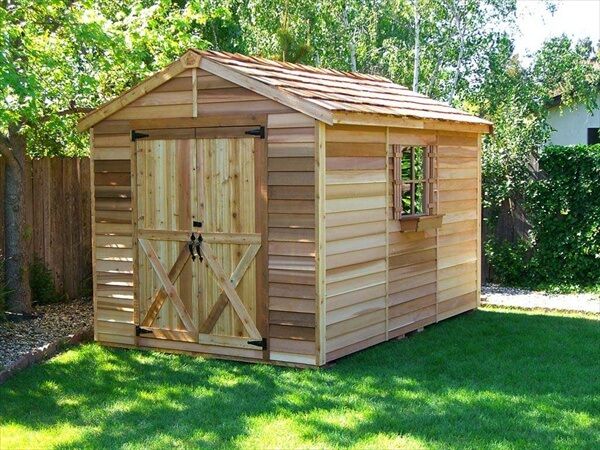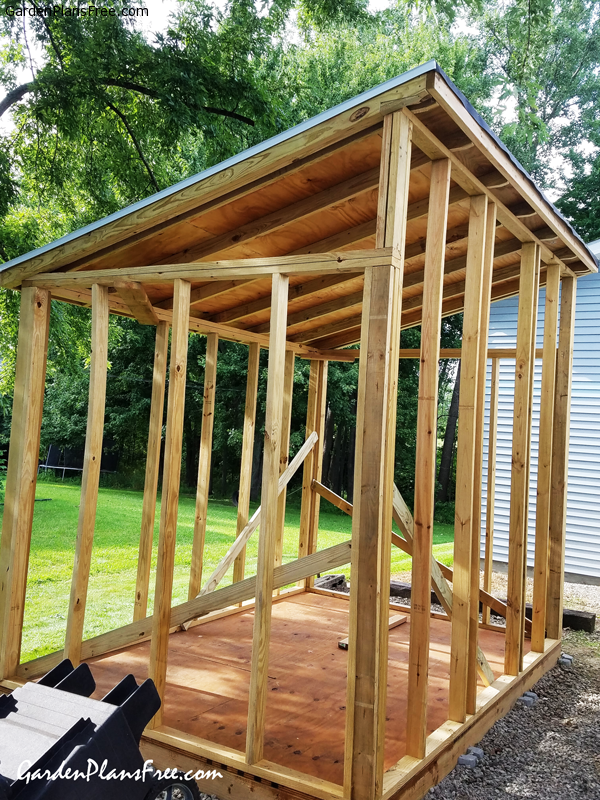
Building a Budget-Friendly Pallet Shed: A DIY Guide
Dreaming of extra storage space without breaking the bank? A pallet shed is the perfect solution! This guide walks you through building a charming and functional small shed using reclaimed pallets, minimizing costs and maximizing your DIY satisfaction. Get ready to transform discarded wood into a valuable addition to your property.
Planning Your Pallet Shed Project
Before you dive into construction, careful planning is crucial. First, source your pallets. Check with local businesses â€" many are happy to give away used pallets. Inspect them thoroughly; select sturdy pallets free from rot, excessive damage, or pest infestations. You'll need enough to create the walls, roof, and floor of your desired dimensions. Next, sketch a basic design. Consider the size â€" a smaller shed is easier and cheaper to build. Decide on the shed's features; will it have a door, a window? Finally, gather your tools and materials. Beyond the pallets, you'll need screws, nails, a level, measuring tape, saw, hammer, possibly a drill, and any chosen roofing material (like corrugated metal or tar paper).
Constructing the Foundation and Frame
Building a Level Base
Start by creating a level base for your shed. A simple gravel base works perfectly for budget-conscious builders. Spread a layer of gravel and compact it firmly. This will provide drainage and prevent the wood from rotting. You can also use treated lumber to build a simple frame for even greater stability.
Assembling the Walls
Disassemble the pallets carefully, removing any loose nails or damaged wood. Use the sturdy planks to build the walls. For increased strength, consider using additional supports, like 2x4s, inside the frame. Attach the planks securely using screws, aiming for even spacing for a professional finish. Remember to leave openings for your door and any windows you've planned.
Constructing the Roof Frame
The roof frame will likely require some additional lumber. Build a simple gable or shed roof using 2x4s. Again, ensure that the frame is square and level before attaching the roofing material. The simplicity of the design allows for easier and faster construction.
Finishing Touches and Essential Considerations
Adding the Roof
Secure your chosen roofing material to the frame. Corrugated metal sheets offer excellent durability and weather resistance at a relatively low cost. Alternatively, consider using tar paper for a more rustic look, followed by a waterproof sealant. Ensure proper overlap to prevent leaks.
Installing the Door and Windows
Install your door and any windows, ensuring a secure fit. You can repurpose old doors or windows, further reducing costs. Consider adding simple hinges and latches.
Protecting Your Shed
To prolong the life of your pallet shed, consider applying a weather-resistant sealant or paint. This will protect the wood from moisture and the elements, significantly extending its lifespan and enhancing its aesthetic appeal. A coat of exterior-grade paint adds a personalized touch and extra protection.
Building a pallet shed is a rewarding DIY project that combines cost-effectiveness with creative ingenuity. By following these steps, you'll have a functional and attractive storage solution without emptying your wallet. Remember to prioritize safety throughout the entire process. Happy building!















